Soggy Dry Lake
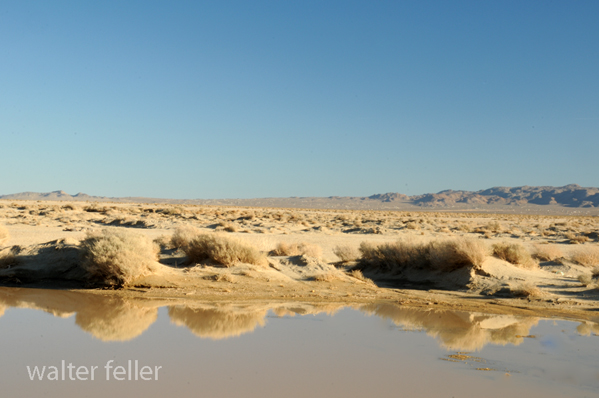
Soggy Dry Lake is a dry lake bed located in San Bernardino County, California, within the Mojave Desert. This area is known for its expansive flat surface, which makes it popular for various outdoor recreational activities such as off-roading, land sailing, and filming. The dry lake's surface is typically composed of hard-packed clay, which can become muddy and sticky after rains, hence the name "Soggy." The surrounding desert environment also provides a picturesque backdrop for activities and explorations in the region.
Geology of Soggy Dry Lake in Johnson Valley
Soggy Dry Lake in Johnson Valley, part of the Mojave Desert in California, showcases fascinating geological features typical of dry lake beds or playas. Here's a deeper look into its geological aspects:Formation and Composition:
Soggy Dry Lake is a playa, which is a flat-bottomed depression that periodically fills with water to form a temporary lake, leaving sediments behind as the water evaporates. These sediments typically consist of clays, salts, and silt, which are compact and hard when dry but become very sticky and slippery when wet.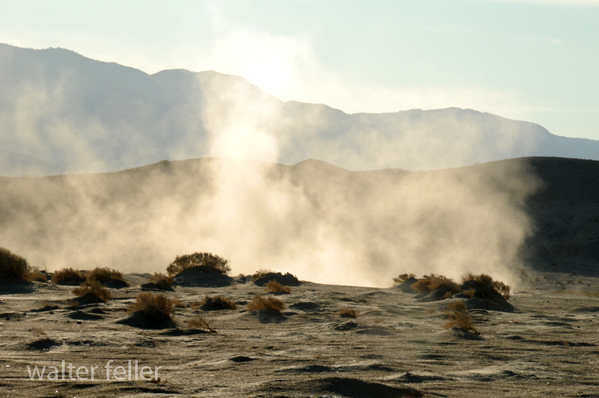
Hydrology:
The hydrology of playas like Soggy Dry Lake is characterized by episodic flooding, usually from rainfall or snowmelt in nearby mountains. This water collects in the basin due to the lack of significant outflow and evaporates over time, depositing sediment and forming the flat lake bed.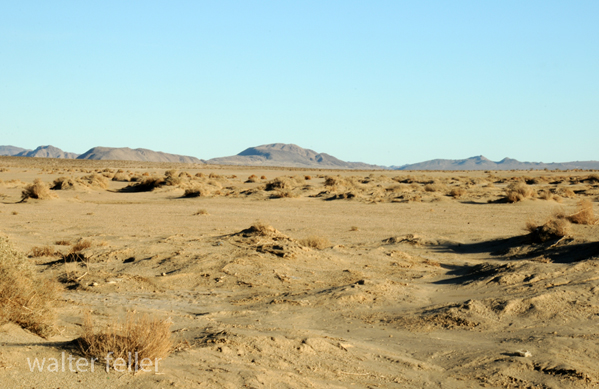
Surrounding Rock Formations:
The geology around Soggy Dry Lake includes a variety of rock types typical of the Mojave Desert region, including volcanic rocks and granitic formations. These rocks contribute to the mineral composition of the sediments in the lake bed.
Environmental and Climatic Influence:
The climate influencing Soggy Dry Lake is arid, with infrequent but sometimes heavy precipitation. The high evaporation rates coupled with this sporadic rainfall pattern contribute to the unique characteristics of the playa.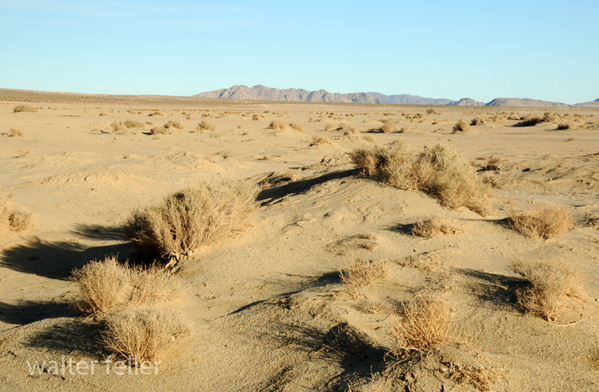
Tectonic Activity:
The broader region, including Johnson Valley, is influenced by tectonic activity, which shapes the landscape over geologic time scales. The area is not far from fault lines, which can affect the topography and geology through seismic activity. The geology of Soggy Dry Lake is a testament to the dynamic and evolving landscape of the Mojave Desert, offering insights into the processes that shape dry lake beds and their surrounding environments.
The geology of Soggy Dry Lake is a testament to the dynamic and evolving landscape of the Mojave Desert, offering insights into the processes that shape dry lake beds and their surrounding environments.
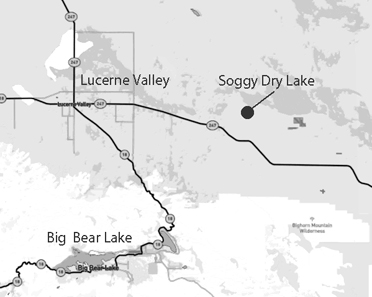 Lucerne Valley & Vicinity
Lucerne Valley & Vicinity
Johnson Valley OHV
"Johnson Valley is a varied landscape for the off-highway vehicle driver. It is punctuated by steep red rocky mountains, rolling hills, open valleys, dry lake beds and sandy washes. Elevations range from 4,600 feet at Hartwell Hills to 2,300 feet at Melville Dry Lake. ..."Lucerne - Johnson Valleys and Hills
"This subsection includes mountains, hills, pediments and alluvial plain north of the San Bernardino and Bighorn Mountains and the Pinto Mountain Fault, from the Mojave River east to the linear depression ..."








